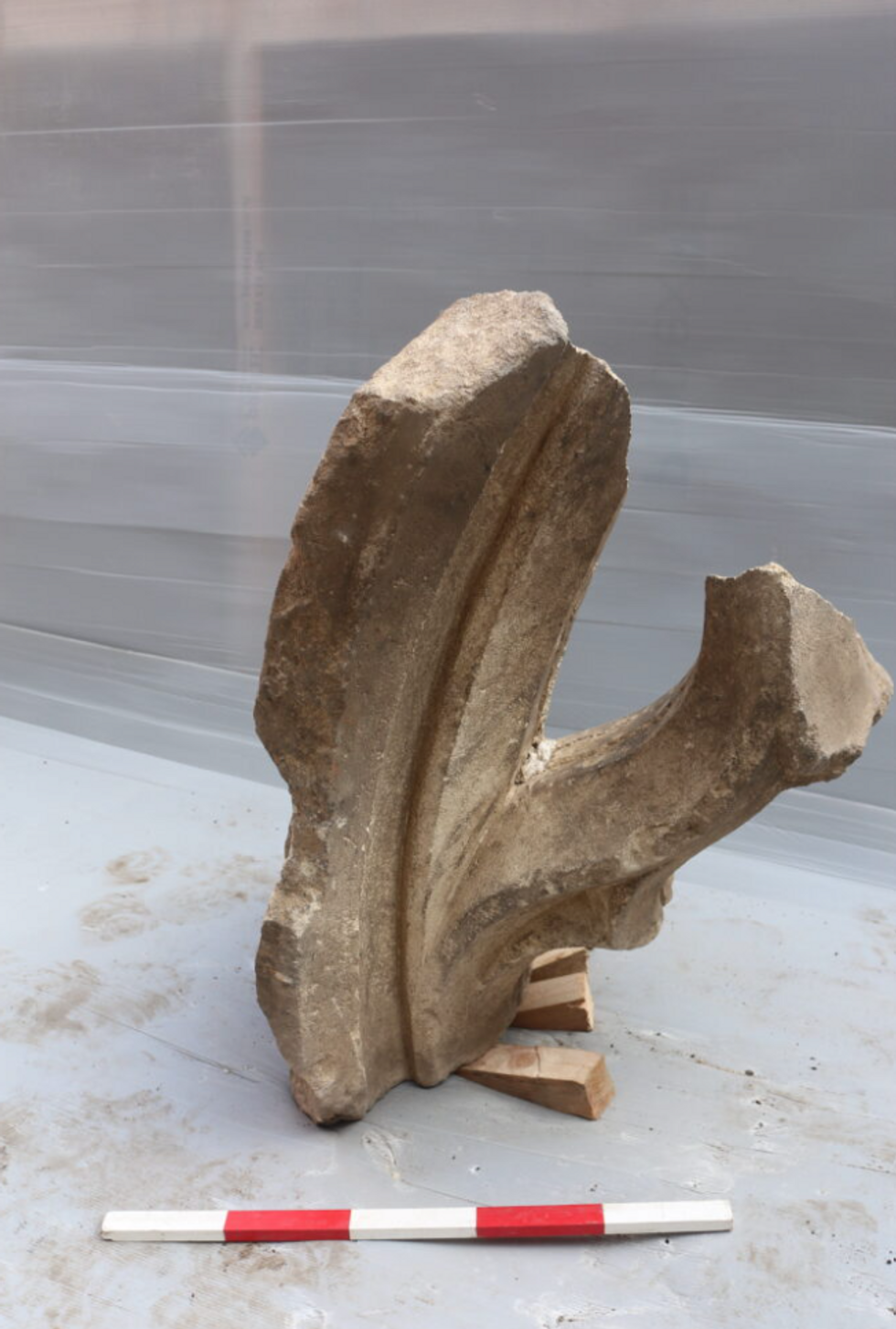Archaeology breakthrough as hundreds of 1,000-year-old skeletons discovered under UK university campus
The remains of a medieval church were excavated by Cotswold Archaeology
Don't Miss
Most Read
Trending on GB News
Archaeological excavations at Gloucester's former Debenhams store have uncovered the remains of a medieval church and hundreds of burials spanning a millennium of history.
The discoveries were made during the transformation of the site into University of Gloucestershire's City Campus.
Cotswold Archaeology conducted extensive excavations in the courtyard area, which was previously occupied by St Aldate's Church.
The size and form of the medieval church and its burial ground were previously unknown, as no archaeological investigations had been carried out in this part of the site before.

Around 83 brick-lined burial vaults were discovered
University of Gloucestershire
The findings will provide valuable insights into the health of Gloucester's population over a 1,000-year period.
The excavations revealed the footprint of the post-medieval church, represented by limestone and brick foundations.
Around 83 brick-lined burial vaults were discovered, both within the church itself and the surrounding burial ground.
These vaults had been cleared in the mid-1950s before construction of the goods service area for Bon Marche.
Archaeologists identified approximately 150 post-medieval burials not contained in vaults.
Deeper excavations uncovered around 170 earlier burials, most likely related to the medieval church.
MORE ACRHAEOLOGY BREAKTHROUGHS:

Cotswold Archaeology conducted extensive excavations in the courtyard area, which was previously occupied by St Aldate's Church
University of Gloucestershire
In total, 317 skeletons and 83 brick burial vaults were recorded and carefully excavated under licences from the Ministry of Justice and the Diocese of Gloucester.
Steve Sheldon, acting principal manager at Cotswold Archaeology, said: "The medieval church was demolished in the mid-1650s, with documentary sources indicating that much of its stonework was utilised to repair other parish churches in the town."
A new parish church was constructed in the mid-18th century and survived until the early 1960s.
Although the medieval church's footprint wasn't identified, archaeologists found a limestone wall with surviving lime plaster likely representing part of the earlier structure.
Sheldon noted: "If so, it is now evident that the floor plans of the two churches were not coincident, with the medieval church being constructed much further to the south."
Several worked stone objects were recovered, including part of a mid-14th-century window arch with internal tracery.
These items will be displayed at City Campus for students, staff and visitors.

University of Gloucestershire
Wikimedia Commons
Archaeological works also took place in the basement of the property, revealing evidence of Roman activity.
This included remains of walls, timber stakes and planking, a metalled courtyard surface, and pits and ditches.
Many of these features match those identified during archaeological works in the 1950s and early 1960s.
Cliff Bateman, senior project Officer at Cotswold Archaeology, said: "We will be undertaking scientific analysis of the finds and the human remains to learn more about the lives of those buried within the church yard."
The urban church site will provide insights into Gloucester's population health over a millennium.
Bateman noted that even basic observations revealed historical health patterns: "The impact of increased sugar in the diet during the 16th century was visibly clear in terms of dental health."









